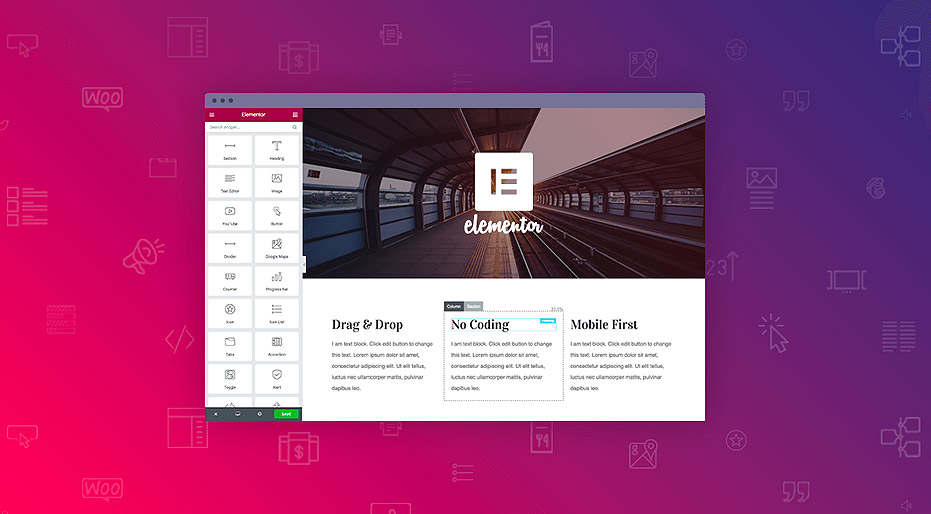Every business be it a service or product needs a professional, well-designed, and functional website. Whether you provide in-person services, run a retail store, sell products online, or offer B2B services such as consulting or marketing, prospective customers will use your website to determine whether or not to choose your business.

A social media channel may be sufficient for local services, or an Amazon Store could get you some online retail business. But, if you want to expand, grow your brand, and establish a genuine online presence, you need your own website.
With your own business website, you can customize the design and layout without restrictions, and it’s far easier to promote your brand on Google Search than on a social media page. According to a recent study, almost half of all consumers will look up a small business’s website before making a purchase decision.
Some small business owners feel they lack the expertise or resources to create their own site, and the investment won’t justify the rewards. However, with Elementor and WordPress, you can design a fully functional and cost-effective business website with no need for prior coding knowledge Elementor’s features, templates, and drag & drop editor allow you to custom-design your very own business website without having to hire developers.
Here’s how to create an awesome business website in WordPress and Elementor:
What should a Business Website include?
Before we begin with our guide to creating the site, we first need to understand the key ingredients of a Business website and its role. Here are some of the important pages and elements that every Business website needs:
1. Homepage
The homepage is where most users will get their first glimpse of your company, so it’s crucial to give a good first impression. Studies have shown that new users will decide to not engage with your brand if the website is poorly designed or difficult to navigate.
The business website homepage should clearly display your logo, brand name, mission statement, compelling images, and an overview of your services and/or products. You should also include navigational links to the other relevant pages on your website and CTAs that prompt visitors to take the desired action.
2. Services Pages
The services page(s) is where you list all the services you provide, along with key information such as prices, times, locations, areas served, etc. The precise details will vary depending on the nature of your business, but the main principle is that site users shouldn’t be left with any questions.
In short, everything a would-be customer needs to know about your services should be explained on this page. It may be necessary to create subpages for each service, to avoid cramming this page with too much information. In these cases, the services page acts as a lobby, that hosts navigational links to the subpages
3. About Us Page
The About Us page helps to connect new visitors with the people behind the business. Here, you’ll feature headshots, bios, and social media channels of the directors, managers, and employees. You should also include the history of the business, how and why it was founded, and the successes you’ve had.
4. Testimonials Page
Modern consumers require social proof before deciding which business to use. A testimonial page should feature a gallery of satisfied customers, along with quotes about how much they benefited from using your business.
This reassures new customers that your business is genuine, trustworthy, and reliable.
5. Contact Us Page
The Contact Us page should outline all the different ways that visitors can use to get in touch with you, whether via live chat, email, or phone.
The most effective way to enable users to contact you is with a contact form that details the nature of the query, so it can be forwarded to the correct person or department.
6. Blog
The site’s blog should provide a steady stream of company updates to keep your users informed of all the latest goings-on. In addition, publishing content that’s relevant to your target demographic helps to promote your business via search engines and gain new traffic from Google.



